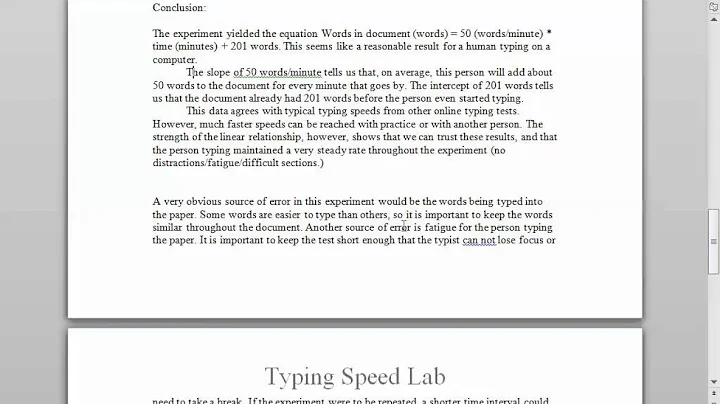Mastering Documentation: Key to Effective Workplace Investigations
Table of Contents
- The Importance of Documentation in Investigations
- Best Practices for Documenting an Investigation
- Written Policies and Procedures
- Open Door Policy and Prohibited Conduct
- Basic Forms for Investigations
- Complaint Form
- Witness Statement Form
- Investigation Checklist
- Witness Acknowledgement Form
- Detailed Interview Notes and Report Outline
- Fact Gathering Documents and Avoiding Bias
- Use of Documentation in Lawsuits and Government Investigations
- EEOC Checklist for Harassment Prevention
- Conclusion
The Importance of Documentation in Investigations
In any investigation, documentation is critical for ensuring the validity and effectiveness of the process. While conducting interviews and drawing conclusions are important aspects of an investigation, without proper documentation, the entire effort can be deemed inadequate. Documentation serves as proof that the investigation was timely, impartial, fair, thorough, and reasonable. It also demonstrates compliance with obligations under the government code. In the event of a lawsuit or administrative investigation, documentation provides a powerful defense. However, it is essential to understand that the investigative file is subject to discovery, making it crucial to document each step and maintain all related documents in a single location.
Best Practices for Documenting an Investigation
To establish a strong foundation for documentation, it is recommended to have written policies and procedures in place. These policies should be clearly written and distributed to all employees before any complaint is made. By including these policies in the employee handbook, employees will know how to make a complaint and who to report it to. The handbook should also outline the complaint process, an Open Door Policy, and a list of prohibited employee conduct. Additionally, it is important to provide information on reporting misconduct and include mandatory brochures on sexual harassment.
When it comes to actual investigation documentation, there are several essential forms that can be used. A Complaint Form should be provided to the complainant to gather specific details about the complaint. In cases where the complainant refuses to provide a statement or be interviewed, this form can serve as a backup. Another valuable form is the Witness Statement Form, which should be readily available in the investigation file. In situations where witnesses cannot be interviewed, their written statements can still be obtained using this form. An Investigation Checklist can be used throughout the entire investigative process to ensure that all necessary steps are carried out and documented. This checklist acts as a guide and helps keep the investigation on track. It is recommended to develop planning notes, a list of witnesses, and a timeline as the investigation unfolds. All of these should be included in the investigative file.
Detailed Interview Notes and Report Outline
During interviews, it is crucial to take detailed notes to accurately capture the information provided by the interviewees. These notes serve as a basis for the investigation report and help maintain a clear record of the discussions. It is also helpful to prepare an outline for the report, ensuring that all relevant information is covered in a structured manner. This makes the report more organized and easier to follow for anyone reviewing it.
Fact Gathering Documents and Avoiding Bias
All documents used for fact gathering should be free from any appearance of bias. It is important to maintain objectivity and neutrality throughout the investigation process. The documentation should focus on gathering facts and evidence rather than personal opinions or assumptions. By doing so, the documentation will be more credible and useful in case of a lawsuit or governmental investigation.
Use of Documentation in Lawsuits and Government Investigations
The documentation produced during an investigation plays a crucial role if a lawsuit or governmental investigation arises. It serves as evidence to support the actions taken and the conclusions reached. Therefore, it is essential to ensure that all documentation is accurate, comprehensive, and in compliance with legal requirements. Failing to maintain proper documentation can weaken the defense and expose the organization to potential liabilities.
EEOC Checklist for Harassment Prevention
The Equal Employment Opportunity Commission (EEOC) provides a checklist for harassment prevention that outlines key components of a comprehensive prevention effort. This checklist emphasizes the importance of having a reporting system in place for employees to report harassment experiences or observations. It also highlights the necessity of a process for conducting investigations. Employers are encouraged to review this checklist to ensure that their harassment prevention efforts align with the recommendations provided.
Conclusion
In conclusion, documentation plays a vital role in investigations. It provides proof of a thorough and fair investigation, ensures compliance with legal obligations, and serves as a defense in potential legal proceedings. By following best practices for documenting investigations, including having written policies, utilizing essential forms, maintaining detailed notes, and avoiding bias, organizations can create a robust foundation for their investigative processes.







